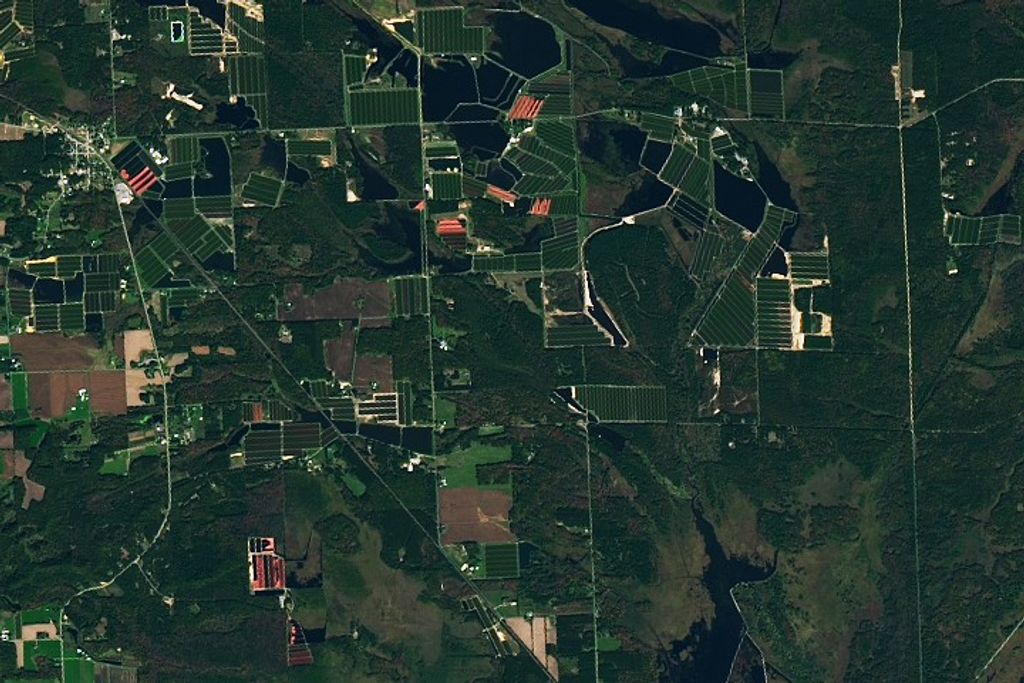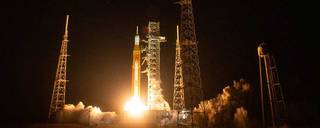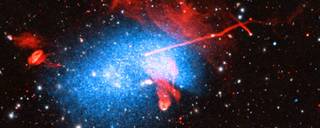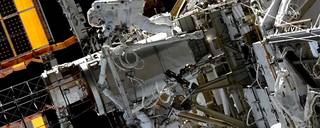Week of January 30 – February 3, 2023
Data from First SLS Flight to Prepare NASA for Future Artemis Missions
NASA continues to evaluate data and learn more about the Space Launch System (SLS) rocket’s debut performance during the agency’s Artemis I launch last November. Following an initial data assessment and review that determined the SLS rocket met or exceeded all performance expectations, SLS engineers are now taking a closer look at the Moon rocket’s performance to prepare for the first crewed Artemis missions.
Untangling a Knot of Galaxy Clusters
Astronomers have captured a spectacular, ongoing collision between at least three galaxy clusters. Data from NASA’s Chandra X-ray Observatory, the European Space Agency’s XMM-Newton, and a trio of radio telescopes is helping astronomers sort out what is happening in this jumbled scene. Collisions and mergers like this are the main way that galaxy clusters can grow into the gigantic cosmic edifices seen today.
NASA Announces Finalists in Challenge to Design Future Astronaut Food
NASA has selected 11 finalists in Phase 2 of the Deep Space Food Challenge, a public competition to extend the limits of humans in space – through food. A first-of-its-kind coordinated effort between NASA and the Canadian Space Agency, the challenge aims to kick-start future food systems for pioneering missions to the Moon, Mars, and beyond.
NASA’s Fermi Detects First Gamma-Ray Eclipses From ‘Spider’ Star Systems
Scientists have discovered the first gamma-ray eclipses from a special type of binary star system using data from NASA’s Fermi Gamma-ray Space Telescope. These so-called spider systems each contain a pulsar – the superdense, rapidly rotating remains of a star that exploded in a supernova – that slowly erodes its companion.
Spacewalkers Complete Construction Job to Upgrade Station Power
NASA astronaut Nicole Mann and Japan Aerospace Exploration Agency astronaut Koichi Wakata concluded their Feb. 2 spacewalk after six hours and 41 minutes. They completed their major objective – to complete the construction of a mounting platform on the International Space Station’s 1A power channel that was started during a Jan. 20 spacewalk.
For more information or to learn about other happenings at NASA’s Marshall Space Flight Center, visit NASA Marshall. For past issues of the ICYMI newsletter, click here.





























